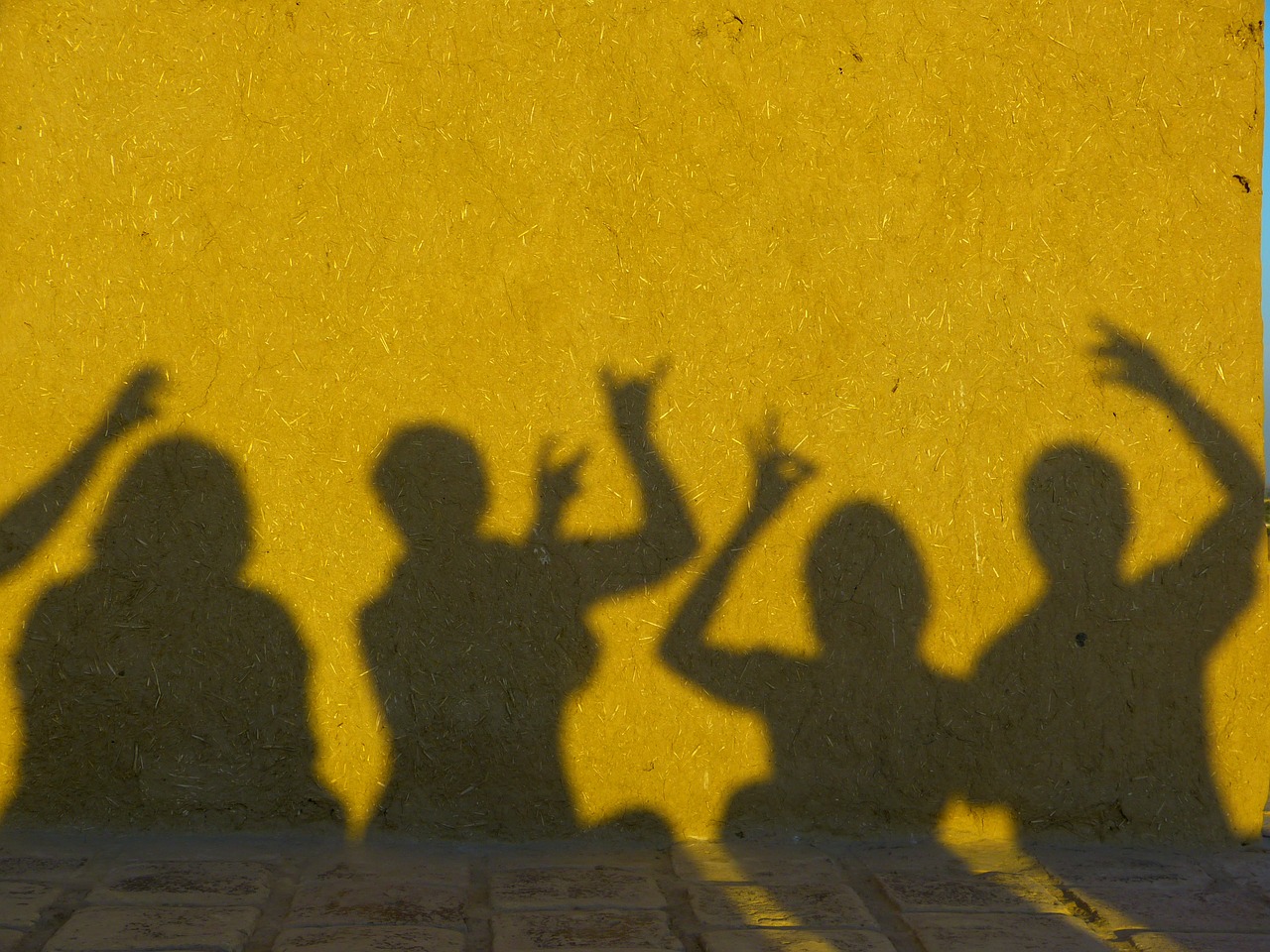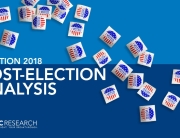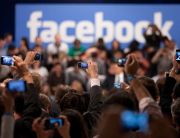In honor of Hispanic Heritage Month, we’re highlighting some of the most recent insights about this socially, culturally, and politically influential demographic group and how marketers are responding to this ever-changing and increasingly visible demographic.
First, much of the growth of the Hispanic or Latino demographic can be attributed to the coming-of-age of the “NextGen” market—essentially, first or second generation Latinos, born in the U.S., who may have grown up in households where Spanish was spoken and ties to the homeland remained strong, but who also tend to be better educated and more upwardly mobile than their parents or grandparents. According to Pew Research Center’s Hispanic Trends and other sources:
- Hispanics now outpace African Americans in terms of college enrollment: 35% of Latinos in the U.S. between ages 18 and 24 are enrolled in college; a 13% increase in the past two decades.
- Between 2009 and 2013, Latinos accounted for 43.4% of total job growth, and much of that growth was driven by the U.S.-born.
- In 2014 the purchasing power of Latinos was $1.3 trillion, a gain of 155% since 2000 and the highest of any minority group in the country.
- As a result of these upward trends, Hispanics across the board in the U.S. are upbeat about their financial futures, with 81% of families saying they expect their finances to improve in the coming years and 72% of adults saying they expect their children to be better off financially in the future.
Second, another defining aspect of this NextGen market is that they are also Millennials, shaped by the same influences as their non-Hispanic Millennial peers. These forces for Millennials of all demographics stem largely from being the first generation to grow up in a digital world—making them a coveted bracket for politicians, brands and influencers alike:
- A quarter of U.S.-born Latinos fall between the ages of 18 and 33 (and more than one-third under the age of 18).
- Hispanic millennials will make up nearly half (44%) of the 27.3 million Hispanic eligible voters projected for 2016.
- The median age of U.S.-born Latinos is 19 years.
Third, it stands to reason that the growing prominence of these young NextGens has and will continue to reshape the relationship between Latinos and digital technology. This is significant because, for years, Latinos have lagged behind other ethnic groups in terms of accessing the internet, yet today that “digital divide” is at its lowest point since 2009:
- Recent studies show that the percentage of internet-using Latino adults has increased from 64% to 84% between 2009 and 2015, a growth rate faster than that of whites (80% to 89% internet use in the same period).
- The gap in internet use between Latinos and whites has consequently decreased from 16% in 2009 to a mere 5% gap in 2015.
- Internet use isn’t just increasing among Millennial Latinos: Pew’s research shows that it’s rising rapidly among other segments of the general Hispanic demographic as well: from 51% to 78% between 2009 and 2015 for Hispanics born outside the U.S., and from 36% to 74% during that same period for Spanish-dominant Hispanics.
Marketers are taking note of this large uptick in digital activity by targeting the Latino market via channels that were previously inaccessible.
- Univision, the largest Spanish-language television network in the world according to Nielsen, has grown its digital and English-language holdings significantly in the past few years. They did so first via the introduction of the multiplatform network Fusion, which offers programming in English geared primarily towards multicultural Millennials.
- More recently, Univision recently acquired Gawker Media, containing the verticals Jezebel, Gizmodo and Deadspin, and purchased a large stake of the humor site The Onion earlier in 2016—all brands extremely popular with Millennials across the board.
Though Latinos still lag behind middle class whites on important indicators like education and social mobility, the remarkable progress this group has made in the past decade—along with their overwhelming youth, expanding cultural influence and increasing political organization around national issues such as immigration—signals that their influence will only continue to grow—both on- and off-line.









